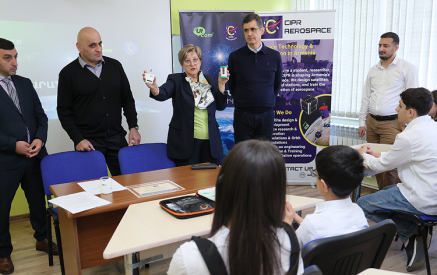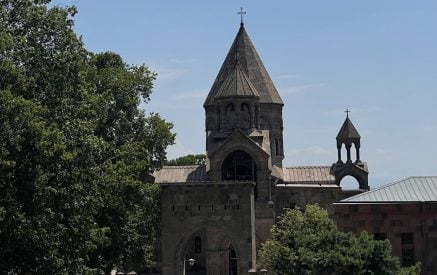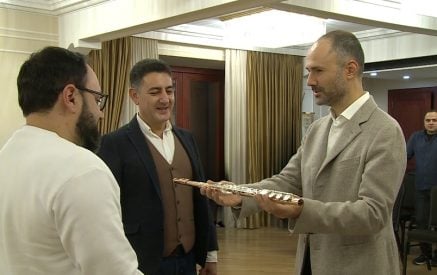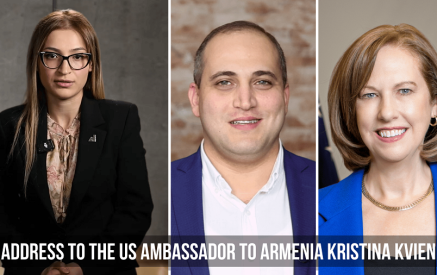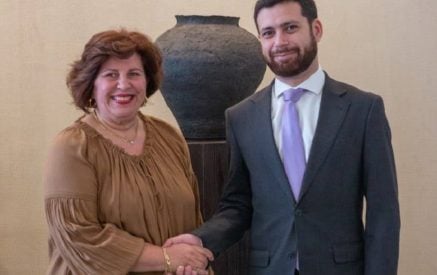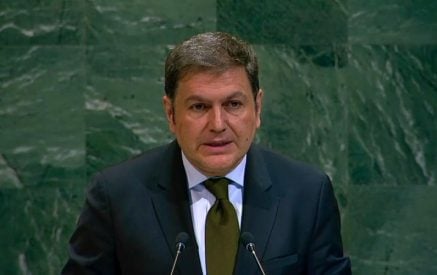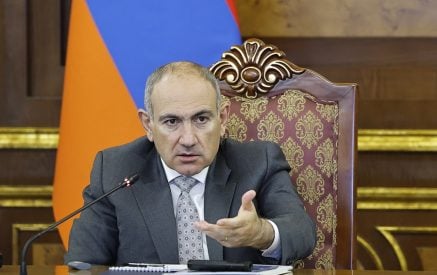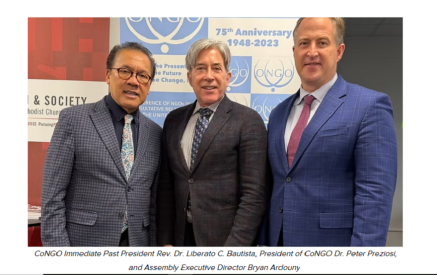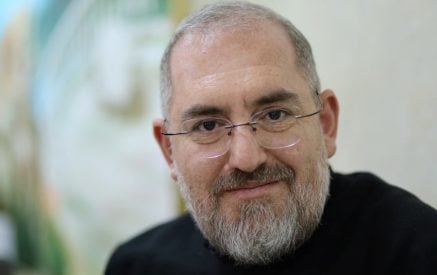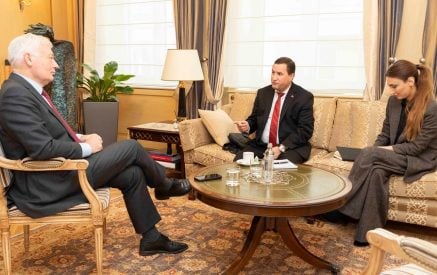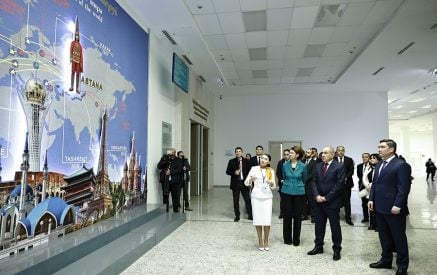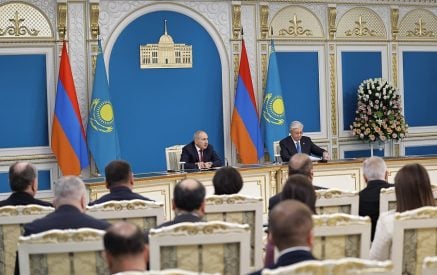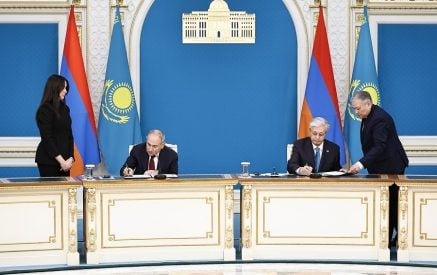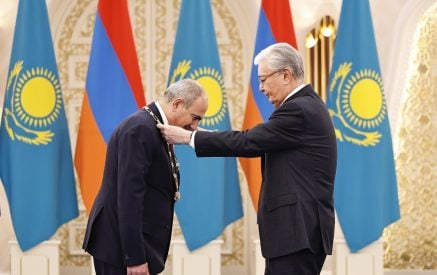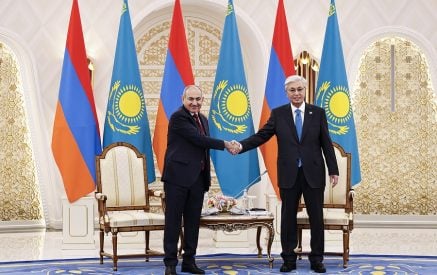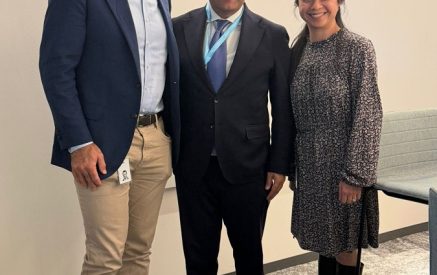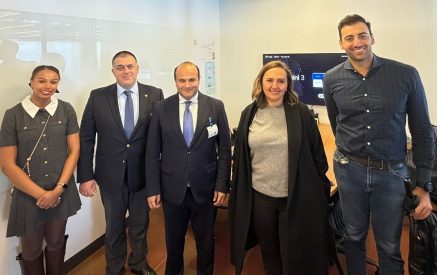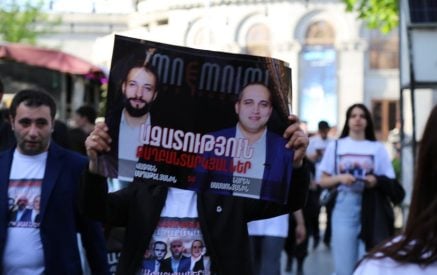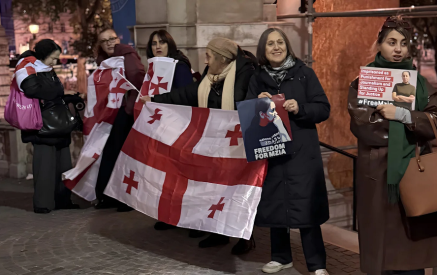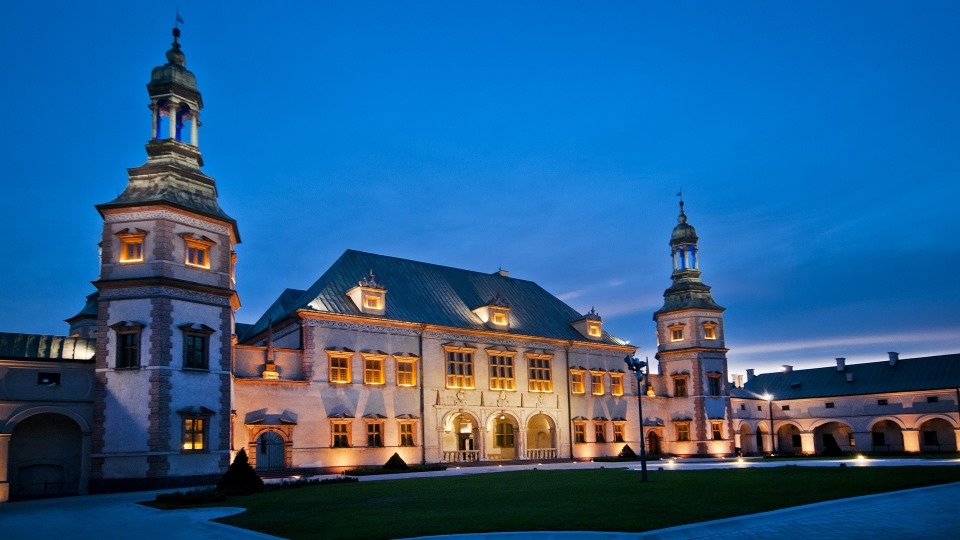Part 1
————————————————-
I met Pawel Grzesik by accident while asking for directions. An Armenian volunteer running into a historian researching Armenian history and culture on her first day in Poland, what are the odds? Pawel then invited me to the National Museum in Kielce, where I interviewed him about his work – and was pleasantly surprised.
“I owe my interest in Armenian history to Grzegorz Axentowicz, who was the head of the Chamber of Crafts here in Kielce in the 1930s. One day, his son Marek donated a personal collection connected to his father to the museum, which included a lot of photos and other mementos, and I decided to write an article on Grzegorz. While writing it, I discovered that he knew about his Armenian roots and was proud of them, and that is how I became interested in the history of Armenians in Poland as well as the history of Armenia proper – all because of one man’s life story. Since then I held several lectures in Kielce’s National Museum and other places as well, on the subject of Armenians in Poland and Armenian history and heritage in general.”
Read also
Pawel then shows me a presentation over a hundred slides long, which he used for his lectures at Kielce Art School three years ago, when they devoted a whole year to Armenian art and culture. One of the program’s key points were khachkars (Armenian cross-stones). There’s one in Kielce, made at the local art school, another one stands in front of the Holy Cross monastery in the Świętokrzyskie mountains.
The presentation also includes beautiful photos from Pawel’s visit to Armenia.
Some of them he took inside Geghard Monastery – local khachqars and the richly decorated portal became a fine addition for a temporary exhibition called “The Armenian Workshop – Art of Detail.”. One of the guests present at its opening was the Armenian ambassador. In fact, he came all the way from Warsaw to open Pawel’s exhibition.
“As for Armenians in Poland, they originally lived in Crimea. They had mostly forgotten their language, but they used the Armenian alphabet still. In the 14th century, they migrated to Lviv, which was at the time part of the Kingdom of Poland. At that time, Poland was ruled by Casimir the Great, one of the most important Polish kings. During his rule, he invited many people to our country, including Germans, Jews, and Armenians, because he knew that they were good merchants and excellent craftsmen, which made them useful for building and enriching Polish cities. Magdeburg municipal law, granted to the city via a Privilege of Location charter, has a clause in which it mentions Armenians by name. Essentially, the king gave them the right to be governed by their own laws while residing in the city. Another important decision Casimir made was to create a new eparchy specifically for Lviv, building the Armenian Cathedral and designating it to be the seat of the Armenian bishop. That cathedral eventually became the most important place for Armenians in Poland.”
“Another city which was also important for Armenians was Kamieniec Podolski, nowadays also part of Ukraine. A beautiful city, a wonderful location. There was a big and very important Armenian community there.” Pawel then unfurled a map that shows the locations of Armenian communities in Poland. “They lived in Poland in their own districts, they spoke their language, which was not Armenian, but Kipchak, which they adopted from the tribes which lived close to the Crimean Peninsula. In order to trade with them better, they learned their language and gradually forgot Armenian, but they still used their native alphabet. In Poland, they had their church and most importantly for that time, they had their own law.’’
Astghik Kirakosyan



